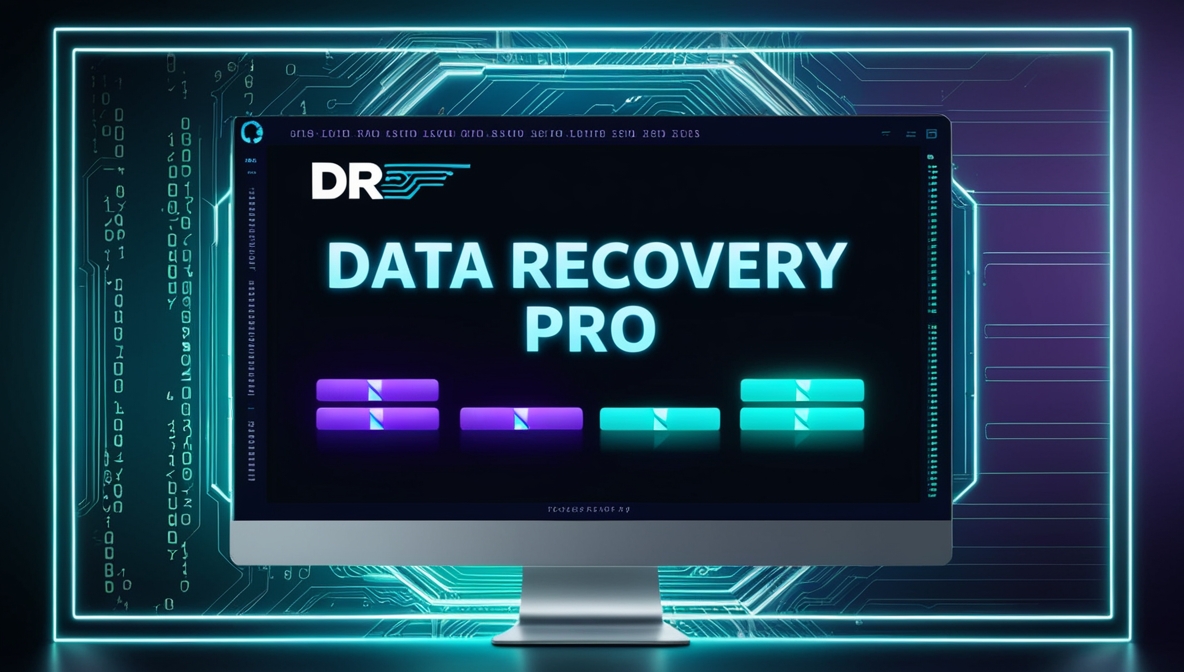Data recovery pro version
What is Data Recovery Software?
Data recovery software is a program designed to recover lost, deleted, corrupted, or inaccessible data from storage devices. These software solutions use advanced algorithms to scan storage media and retrieve lost or damaged files by reassembling the fragmented data. Whether the data loss was caused by human error (e.g., accidental file deletion or formatting), hardware failure (e.g., broken hard drives), or software issues (e.g., system crashes or virus attacks), data recovery tools help in recovering important files such as documents, photos, videos, audio files, and more.
Why Do You Need Data Recovery Software?
Data loss can occur due to several factors, including:
- Accidental Deletion: Files deleted by mistake, sometimes without realizing they can be recovered.
- Hardware Failures: Hard drives, SSDs, or other storage devices experiencing malfunctions or physical damage.
- Corruption: File or system corruption caused by software errors, power outages, or virus attacks.
- Format Errors: Incorrect formatting of devices or accidental reformatting of drives or partitions that leads to data loss.
- Malware or Ransomware: Viruses or ransomware that damage or encrypt files, rendering them inaccessible.
Without data recovery software, the recovery process could be difficult, time-consuming, and costly. In many cases, professional data recovery services can be expensive, especially for complex issues. A reliable and user-friendly data recovery tool offers an affordable and efficient solution for restoring files at home or in a small office environment.
Key Features of Data Recovery Software
- File Recovery: The primary function of data recovery software is to recover lost, deleted, or corrupted files. Most tools support a wide range of file formats, including documents, photos, videos, music, and email files. They can recover data from various storage devices such as hard drives, external hard drives, USB drives, SD cards, and optical media.
- Deep Scan and Quick Scan Options: Data recovery tools typically offer two scanning modes—quick scan and deep scan. The quick scan is designed to recover recently deleted files or files that are still accessible but may be hidden. The deep scan is a more thorough process that scans the entire drive for recoverable data, even if the files have been overwritten or lost due to severe corruption.
- Preview of Recoverable Files: A feature found in many data recovery programs is the ability to preview files before recovering them. This is especially helpful in determining whether the software has located the correct files and ensuring that the recovery process is worthwhile.
- File Filtering: Advanced data recovery software provides filters that allow users to search for specific file types, making the recovery process more efficient. For example, users can filter files by format (e.g., JPG, DOCX, MP4) or name, helping to narrow down the search results.
- Partition Recovery: Data recovery tools can recover entire partitions that have been deleted, formatted, or lost due to corruption. This feature is particularly useful when dealing with partition table issues, accidental formatting, or partitions that have been erased during system upgrades.
- Support for Various File Systems: Data recovery software typically supports a wide range of file systems, including NTFS, FAT32, exFAT, HFS+, and APFS, ensuring compatibility with a variety of operating systems like Windows, macOS, and Linux.
- RAID Recovery: Some advanced data recovery software can recover data from RAID (Redundant Array of Independent Disks) systems. RAID configurations, which are commonly used for data redundancy and performance improvements, can sometimes fail due to drive failure, corruption, or human error. RAID recovery tools are specifically designed to retrieve data from failed RAID arrays.
- Recovery from Formatted Drives: One of the more advanced features of data recovery software is the ability to retrieve data from drives that have been formatted. Even though formatting a drive erases the file system structure, the actual data may still be recoverable until it is overwritten by new data. Data recovery software can scan for remnants of the old data and reconstruct it.
- Support for Various Storage Devices: Data recovery tools are capable of retrieving data from a variety of devices, including:
- Internal and External Hard Drives: Standard HDDs, SSDs, and portable external hard drives.
- USB Flash Drives and Memory Cards: Flash drives, SD cards, microSD cards, and other portable storage devices.
- Cloud Storage: Some advanced data recovery programs can recover data from cloud storage services, assuming the data has been synced and the cloud platform provides access to older file versions.
- Optical Media: Data recovery tools can sometimes retrieve data from damaged or scratched optical discs like CDs, DVDs, and Blu-rays.
- File System Repair: Many data recovery programs can help repair or rebuild corrupted file systems to restore access to data. This feature is especially useful in cases where partitions or the file system itself is damaged, making it difficult to access files normally.
Benefits of Using Data Recovery Software
- Cost-Effective: Compared to hiring professional data recovery services, data recovery software provides a much more affordable alternative. With some tools offering free versions or trials, users can test recovery capabilities before committing to a paid version.
- User-Friendly: Most modern data recovery software is designed with simplicity in mind, offering an intuitive interface with easy-to-follow wizards. Even users with little technical experience can often recover their data without needing extensive knowledge of computer systems.
- Time-Saving: Data recovery software speeds up the process of file retrieval. With advanced scanning algorithms, users can recover lost files in a matter of minutes or hours, depending on the size of the drive and the complexity of the recovery.
- Secure Recovery: Many data recovery programs come with features that ensure the recovered data remains secure throughout the recovery process. For instance, recovered files can be saved to a different location, ensuring the original storage device isn’t overwritten in the process.
- No Need for Professional Help: For most data loss situations, recovery software provides an easy solution that can be done independently. This eliminates the need for costly professional services, especially for minor recovery cases such as accidental deletion or formatted drives.
- Compatibility Across Platforms: Many data recovery programs are compatible with both Windows and macOS, making them suitable for users with different operating systems. Some even provide specialized versions for Linux or other systems, ensuring broad accessibility.






Reviews
There are no reviews yet.